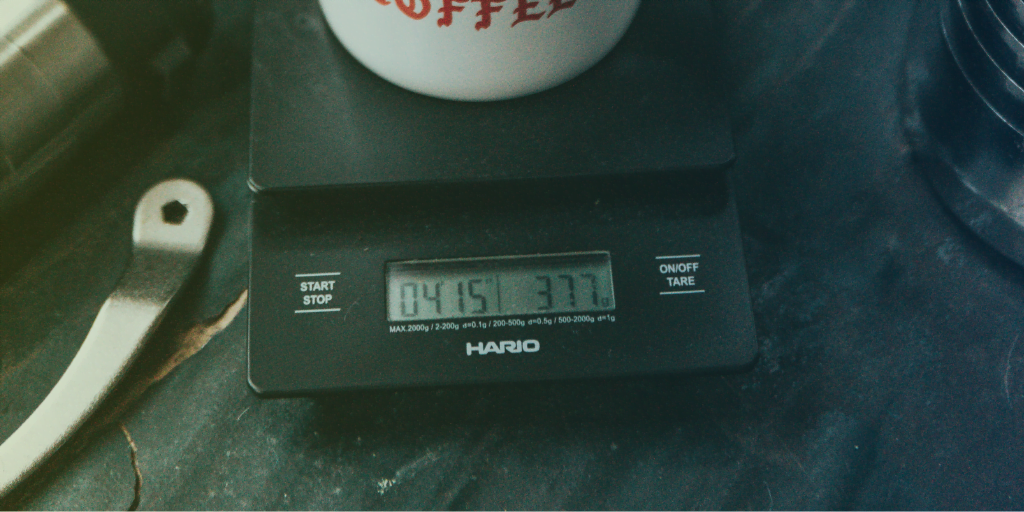Creating a digital scale in Articulate Storyline
The launch of Articulate 360 brought a whole host of new features to our favourite authoring tool, Storyline. These new features include a personal favourite, the dial. In this blog, I will show you how to use the dial feature to create a digital scale in Articulate Storyline.
Step 1: Prepare your assets
You first need to source, or create, the graphics for your scale (I created this one in Adobe Illustrator). Remember, our digital scale will be moving in Storyline, so you’ll need to create the graphic with various numbers. In this example, we will be increasing the weight on the scale with a 0.5 gap, and up to a maximum of 5kg. So I created graphics with all these numbers, as you’ll see below:

Step 2: Import into Storyline
Import your graphics from step one into Articulate Storyline, and set up your Storyline file. The Storyline file size I used was 1280 x 800 with no sidebars and menus, so it shows full width.

Step 3: Insert and setup the dial
 Go to the insert tab on the Storyline ribbon and click ‘dial’, and choose your dial type. Once you’ve positioned your dial, you need to set its rotation properties. To do this, click on the dial and go to ‘Dial tools – Design’ in the Storyline Ribbon.
Go to the insert tab on the Storyline ribbon and click ‘dial’, and choose your dial type. Once you’ve positioned your dial, you need to set its rotation properties. To do this, click on the dial and go to ‘Dial tools – Design’ in the Storyline Ribbon.
For this example, you should set your start value to 0, and your end value to 10. Ensure your ‘step value’ is set to 1, so that your dial will have 10 options (i.e. 0.5kg, 1kg, 1.5kg and so on).

You can learn more about dial rotation properties in this super helpful eLearning Heroes article.
Step 4: Creating the state
As there are 10 steps on my digital scale, I have created 10 graphics with different numbers on them. You then need to add each of these graphics as a different state on your original scale image, as you can see below:

You can learn more about states, here.
Design tip:
When creating my scale, I separated the top bit of the scale from the base. This made it easier to move down with each state, i.e. when the object is getting heavier.
I inserted the top half of the scale in the normal state, and then copy and pasted it on each subsequent state. In each of these states, the top half of the scale is positioned 2 pixels lower than the previous state. Make sure the top of your scale is placed behind the bottom half, so it doesn’t over lap as it’s going down.

Another handy tip is to use the ‘Size and Position’ menu to move the top half of your scale down. This will ensure your scale will move down just 2 pixels each time. You can find the ‘Size and Position’ menu on the far righthand corner of the Storyline ribbon.
Step 5: Creating the triggers
We now need to connect the dial to the states, to give the illusion of a changing scale. You’d set your first trigger up so that the state of the scale is ‘normal’ when your dial is equal to 0. You can see how I’ve done this below:

You now need to copy this trigger and change it for the rest of the states, for example, change the state of scale to ’05’ when dial is equal to 1. As you will see below:

Once you’ve completed the above steps, your scale should look like this:
To see the digital scale in action, click here.
So, there you have it – a digital scale created in Articulate Storyline. In the next instalment of this blog, I show you how to use our digital scale as part of a question slide, check out the blog here.
Articulate Training from the UK’s only certified training provider
Want to learn more about Articulate Storyline? Omniplex are the only Articulate certified training partner in the UK. To learn more about our Storyline training offering click here.















 BACK
BACK

